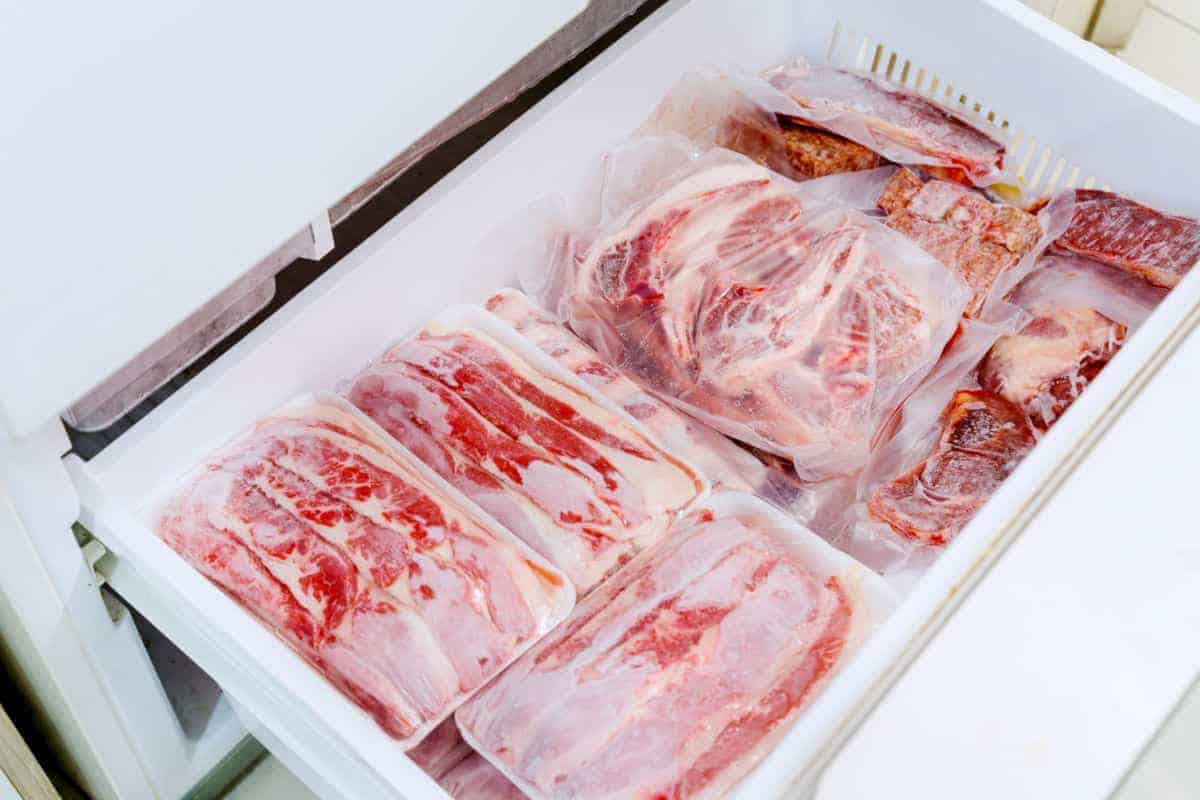

Articles
How To Store Frozen Meat
Modified: February 20, 2024
Learn the best practices for storing frozen meat in this informative article. Keep your meat fresh and safe with these helpful tips and guidelines.
(Many of the links in this article redirect to a specific reviewed product. Your purchase of these products through affiliate links helps to generate commission for Storables.com, at no extra cost. Learn more)
Introduction
Properly storing frozen meat is crucial for maintaining its quality, flavor, and safety. Whether you are a home cook or a restaurant owner, understanding the best practices for storing frozen meat is essential for preserving its taste and texture. Not only does proper storage help extend the shelf life of frozen meat, but it also ensures that the meat remains safe to consume.
In this article, we will explore the importance of handling and storing frozen meat correctly. We will discuss the right packaging materials, how to prepare meat for freezing, organizing frozen meat in the freezer, and safe thawing techniques. By following these guidelines, you can enjoy the benefits of properly stored frozen meat without compromising its quality.
So, let’s dive into the world of frozen meat storage and discover how to keep your frozen cuts fresh and delicious!
Key Takeaways:
- Properly storing frozen meat is essential for preserving its quality, flavor, and safety. Choosing the right packaging, organizing the freezer, and following safe thawing methods are key to enjoying delicious and safe frozen meat.
- Avoiding common storage mistakes, such as using improper packaging and neglecting labeling, is crucial for maintaining the quality and safety of frozen meat. Following best practices ensures that your frozen meat remains fresh and flavorful.
Read more: How To Store Frozen Chicken
Why Proper Storage of Frozen Meat is Important
Proper storage of frozen meat is crucial for several reasons. Firstly, it helps to maintain the quality and flavor of the meat. When meat is frozen, the cold temperature helps to slow down the growth of bacteria and other microorganisms that can cause spoilage. However, if the meat is not stored correctly, it can suffer from freezer burn, which can negatively impact its taste and texture.
By using the right packaging materials and following proper storage techniques, you can minimize the risk of freezer burn. Vacuum-sealing or using airtight containers can help to prevent exposure to air, which is the main cause of freezer burn. This will ensure that your frozen meat remains flavorful and enjoyable to eat.
In addition to maintaining quality, proper storage also plays a crucial role in food safety. Bacteria can still survive at freezing temperatures, albeit at a significantly slower rate. Freezing meat at 0°F (-18°C) or below inhibits the growth of bacteria, reducing the risk of foodborne illnesses.
By following guidelines for safe storage, you can prevent the growth of harmful bacteria and ensure that your frozen meat remains safe to consume. It’s important to note that frozen meat should be kept separate from other food items in the freezer to avoid cross-contamination.
Lastly, proper storage of frozen meat can help you save time and money. If you buy meat in bulk or take advantage of sales, storing it properly can extend its shelf life, allowing you to use it at your convenience. Additionally, by organizing your frozen meat properly, you can easily locate specific cuts or packages, saving you time and minimizing waste.
Overall, proper storage of frozen meat is essential for maintaining its quality, ensuring food safety, and maximizing its shelf life. By following the best practices outlined in this article, you can enjoy delicious and safe frozen meat whenever you need it.
Choosing the Right Packaging for Frozen Meat
Choosing the right packaging for frozen meat is crucial to ensure its quality and longevity. The packaging you select should protect the meat from freezer burn, prevent moisture loss, and maintain its flavor and texture. Here are some options to consider:
- Plastic Wrap: Plastic wrap is a common and budget-friendly option for packaging frozen meat. It provides a barrier against air, preventing freezer burn. Wrap the meat tightly, ensuring there are no gaps or exposed areas.
- Freezer Bags: Freezer bags are a convenient choice, as they are specifically designed for freezing food. Look for bags with a thick, durable material and a reliable seal. Squeeze out as much air as possible before sealing to minimize the risk of freezer burn.
- Vacuum-Sealed Bags: Vacuum-sealing is an excellent method for preserving the quality of frozen meat. It removes all air from the packaging, reducing the risk of freezer burn significantly. However, a vacuum sealer machine is required for this method.
- Freezer Paper: Freezer paper is a heavyweight paper with a plastic coating on one side. It provides a protective barrier against air and moisture. Wrap the meat tightly with the plastic-coated side facing inward to maintain freshness.
- Rigid Containers: Rigid containers, such as plastic or glass containers with airtight lids, are suitable for storing larger cuts of meat or leftovers. Make sure the containers are freezer-safe and leave some headspace to accommodate expansion during freezing.
Regardless of the packaging material you choose, always label your frozen meat with the date of freezing. This will help you keep track of the meat’s freshness and rotation in your freezer.
Remember, it’s essential to remove as much air as possible from the packaging to prevent freezer burn. Vacuum-sealing is the most effective method for achieving this, but other packaging options can work well too if properly sealed.
By selecting the appropriate packaging for your frozen meat and ensuring a tight seal, you can preserve its quality and flavors until you’re ready to use it.
Preparing the Meat for Freezing
Before freezing meat, it’s important to properly prepare it to maintain its quality and ensure food safety. Here are some steps to follow when preparing meat for freezing:
- Trimming: Trim any excess fat or connective tissue from the meat. Fat can become rancid during freezing and affect the flavor of the meat.
- Portioning: If you have a large piece of meat, consider portioning it into smaller cuts that are easier to use and thaw. This way, you can defrost only what you need without having to thaw the entire piece.
- Seasoning: If desired, season the meat before freezing. However, it’s best to avoid adding sauces or marinades, as they can impact the texture and quality of the meat after freezing. It’s better to season the meat when you’re ready to cook it.
- Wrap Properly: Choose the appropriate packaging, as discussed in the previous section, and wrap the meat tightly, ensuring there are no exposed areas or gaps. This will protect the meat from freezer burn and maintain its freshness.
- Date and Label: Always label the meat with the date of freezing and any other relevant information, such as the cut of meat or seasoning. This helps you keep track of its freshness and simplifies organizing your freezer.
It’s important to note that raw meat should be frozen as soon as possible after purchase or preparation to maintain its quality. This helps prevent the growth of bacteria and ensures food safety.
Furthermore, when preparing meat for freezing, it’s advisable to follow proper hygiene practices. Wash your hands thoroughly before handling the meat and clean all surfaces and utensils used for meat preparation to avoid cross-contamination.
By following these steps and properly preparing your meat before freezing, you can preserve its quality and ensure that it remains safe for consumption.
Storing Frozen Meat in the Freezer
Properly storing frozen meat in the freezer is crucial to maintain its quality and ensure food safety. Here are some guidelines to follow when storing frozen meat:
- Temperature Control: Keep the freezer temperature at or below 0°F (-18°C). This ensures that the meat remains frozen and inhibits the growth of bacteria.
- Frozen Zone: Identify the frozen zone in your freezer, which is the coldest area. This is usually the back or the bottom of the freezer. Store your frozen meat in this zone to maintain optimal temperatures.
- Separation: Keep frozen meat separate from other food items in the freezer to avoid cross-contamination. Use a separate shelf or drawer to store raw meat, and make sure it is well-sealed to prevent any potential leaks.
- Stacking: Place smaller packaged meats on top of larger ones to maximize space. However, ensure that the labels are still visible so you can easily locate the specific cuts you need.
- Regular Rotation: Practice a “first in, first out” system to ensure that older frozen meats are used before newer ones. This helps to prevent freezer burn and waste.
It’s important to note that freezing meat does not improve its quality indefinitely. Different types of meat have different recommended freezing times, so it’s essential to consult guidelines specific to the type of meat you are freezing.
When storing frozen meat, remember to close the freezer door tightly to maintain a consistent temperature. Avoid frequent opening of the freezer, as it can cause temperature fluctuations and affect the quality of the meat.
By following these storage guidelines, you can preserve the flavor, texture, and safety of your frozen meat, ensuring that it remains fresh and enjoyable to eat.
When storing frozen meat, make sure to wrap it tightly in plastic wrap or aluminum foil to prevent freezer burn. Place it in an airtight container or freezer bag to further protect it from moisture and air.
Read more: How To Store Frozen Fruit
Tips for Organizing Frozen Meat in the Freezer
Organizing your frozen meat in the freezer not only helps you locate specific cuts easily, but it also maximizes space and minimizes waste. Here are some tips to help you keep your frozen meat organized:
- Categorize by Type: Group similar types of meat together, such as chicken, beef, pork, etc. This makes it easier to find what you need and prevents cross-contamination.
- Use Clear Containers or Bags: Consider using clear containers or transparent freezer bags, which allow you to see the contents without having to open them. This eliminates the need to search through packages to find the right cut of meat.
- Label Clearly: Label each package with the type of meat, date of freezing, and any other relevant information. Clear labeling ensures that you can quickly identify what you need without having to open multiple packages.
- Organize by Size: Stack smaller packages on top of larger ones to save space. This also helps in utilizing the vertical space in your freezer effectively.
- Use Dividers or Baskets: Consider using dividers or baskets to separate different types of meat within the freezer. This adds an extra layer of organization and prevents packages from getting mixed up.
- Keep an Inventory: Maintain a freezer inventory list to keep track of what you have and when it was frozen. This allows you to plan meals accordingly and use older meats before newer ones.
- Frequently Clean and Declutter: Regularly clean your freezer and remove any expired or freezer-burned meats. This prevents the buildup of unneeded items and ensures that you have space for new additions.
By implementing these tips, you can keep your frozen meat well-organized, easily accessible, and minimize waste. Maintaining a well-organized freezer will save you time and effort when it comes to meal planning and preparation.
Thawing Frozen Meat Safely
Thawing frozen meat properly is essential to maintain its quality and ensure food safety. Thawing meat at room temperature can lead to bacterial growth, and improper thawing methods can result in textural changes and loss of flavor. Here are some safe methods to thaw frozen meat:
- Refrigerator Thawing: The best and safest way to thaw frozen meat is to place it in the refrigerator. This method requires some planning ahead, as it takes longer. Place the packaged meat on a plate or in a container to catch any potential drips. Allow enough time for the meat to thaw completely, as thawing times vary depending on the size and thickness of the cuts.
- Cold Water Thawing: If you need to thaw meat more quickly, you can use the cold water method. Ensure that the meat is tightly sealed in a leak-proof plastic bag. Submerge the bag in cold water, changing the water every 30 minutes to maintain a safe temperature. Keep in mind that this method requires constant monitoring and should be done immediately before cooking.
- Microwave Thawing: If you’re in a hurry, you can use the microwave to thaw small cuts of meat. Follow the microwave’s instructions for defrosting and use the lowest power setting. Be cautious as microwaves can partially cook the meat during the defrosting process, resulting in uneven texture.
It’s important to note that thawed meat should be cooked promptly after thawing to ensure food safety. Refreezing thawed meat is not recommended, as it can affect the quality and safety of the meat.
During the thawing process, it’s crucial to handle the meat properly to prevent cross-contamination. Always wash your hands thoroughly after handling thawed meat and clean any surfaces or utensils that come into contact with it.
By following these safe thawing methods, you can maintain the quality, flavor, and safety of your frozen meat, ensuring that it is ready for cooking.
Best Practices for Defrosting Frozen Meat
Defrosting frozen meat properly is crucial to ensure its safety, flavor, and texture. Follow these best practices to defrost frozen meat effectively:
- Plan Ahead: If possible, plan your meals in advance and thaw the meat in the refrigerator. This method takes longer but allows the meat to thaw gradually in a controlled environment, minimizing the risk of bacterial growth.
- Proper Packaging: Ensure that the meat is well-sealed in leak-proof packaging to prevent the transfer of odors and potential contamination.
- Use Cold Water: If you need to defrost meat quickly, use the cold water method. Keep the meat in a sealed plastic bag and submerge it in cold water. Change the water every 30 minutes to maintain a safe temperature.
- Avoid Hot Water or Room Temperature: Do not use hot water or leave the meat at room temperature to defrost. Hot water can partially cook the meat, while room temperature can allow bacteria to multiply rapidly.
- Avoid Defrosting on Countertops: Never defrost meat on countertops, as this can lead to improper thawing and increase the risk of bacterial growth.
- Thoroughly Cook after Thawing: Once the meat is thawed, cook it promptly to the appropriate internal temperature to kill any potential bacteria. Use a meat thermometer to ensure the meat is thoroughly cooked.
- Marinating after Thawing: If you plan to marinate the meat, always do it after thawing and before cooking. Marinating frozen meat may result in uneven absorption of flavors and textures.
Remember, defrosted meat should not be refrozen unless it has been cooked first. Refreezing thawed meat can affect its quality and safety.
By following these best practices, you can safely defrost frozen meat while preserving its flavor, texture, and overall quality.
Common Mistakes to Avoid when Storing Frozen Meat
Properly storing frozen meat is essential to maintain its quality, flavor, and safety. To ensure you’re storing your frozen meat correctly, here are some common mistakes to avoid:
- Not Using Appropriate Packaging: Using improper packaging can result in freezer burn and diminished quality. Avoid using materials that are not intended for freezer use, such as regular plastic bags or aluminum foil. Instead, opt for freezer-safe bags, vacuum-sealed containers, or freezer paper.
- Leaving Air Gaps: When packaging frozen meat, be sure to remove as much air as possible to minimize the risk of freezer burn. Air exposure can cause moisture loss and affect the taste and texture of the meat. Properly seal the packaging to create an airtight barrier.
- Overcrowding the Freezer: A common mistake is overcrowding the freezer, making it difficult to maintain proper airflow and temperature. Ensure there is enough space between meat packages to facilitate even freezing and allow cold air to circulate.
- Not Labeling or Dating: Forgetting to label or date your frozen meat can lead to confusion and waste. Always label each package with the type of meat and the date of freezing. This will help you keep track of freshness and rotation.
- Skipping Thawing Guidelines: Improperly thawing meat can lead to foodborne illnesses. Avoid thawing meat at room temperature or using hot water. Follow proper thawing guidelines, such as using the refrigerator, cold water, or microwave methods.
- Neglecting Regular Inventory: Not keeping track of your frozen meat inventory can result in forgotten or wasted items. Periodically review your freezer inventory and plan meals accordingly to avoid excessive food waste.
- Ignoring Temperature Control: Maintaining the proper freezer temperature is crucial for keeping your frozen meat safe and maintaining its quality. Ensure your freezer is set at or below 0°F (-18°C) to inhibit bacterial growth.
- Storing Raw and Cooked Meat Together: Avoid storing raw and cooked meat together in the same container or area of the freezer. Raw meat can contaminate cooked meat, increasing the risk of foodborne illnesses. Keep raw meats separated and store them in designated areas.
By avoiding these common mistakes and following proper storage guidelines, you can ensure that your frozen meat remains safe, flavorful, and of the highest quality.
Read more: How To Store Frozen Yogurt
Conclusion
Properly storing frozen meat is essential for preserving its quality, flavor, and safety. By following the guidelines and best practices outlined in this article, you can ensure that your frozen meat stays fresh and delicious until you’re ready to cook it.
Choosing the right packaging, such as plastic wrap, freezer bags, vacuum-sealed bags, or freezer paper, helps protect the meat from freezer burn and maintain its flavor and texture. Properly preparing the meat by trimming excess fat, portioning, and tightly wrapping it ensures that it freezes evenly and maintains its quality.
When storing frozen meat in the freezer, it’s important to keep an organized system. Categorize the meat by type, use clear containers or bags, label the packages clearly, and practice regular rotation to prevent waste and easily locate specific cuts.
Thawing frozen meat safely is crucial to avoid bacterial growth and maintain the meat’s quality. Whether you choose refrigerator thawing, cold water thawing, or microwave thawing, it’s important to follow the recommended methods and avoid leaving the meat at unsafe temperatures.
Avoiding common storage mistakes, such as using improper packaging, overcrowding the freezer, neglecting labeling and dating, and not maintaining proper temperature control, will help you preserve the quality and safety of your frozen meat.
In conclusion, proper storage of frozen meat is a vital aspect of food preparation. By adhering to the tips and best practices mentioned in this article, you can ensure that your frozen meat remains delicious, safe, and ready to be transformed into flavorful meals.
Frequently Asked Questions about How To Store Frozen Meat
Was this page helpful?
At Storables.com, we guarantee accurate and reliable information. Our content, validated by Expert Board Contributors, is crafted following stringent Editorial Policies. We're committed to providing you with well-researched, expert-backed insights for all your informational needs.
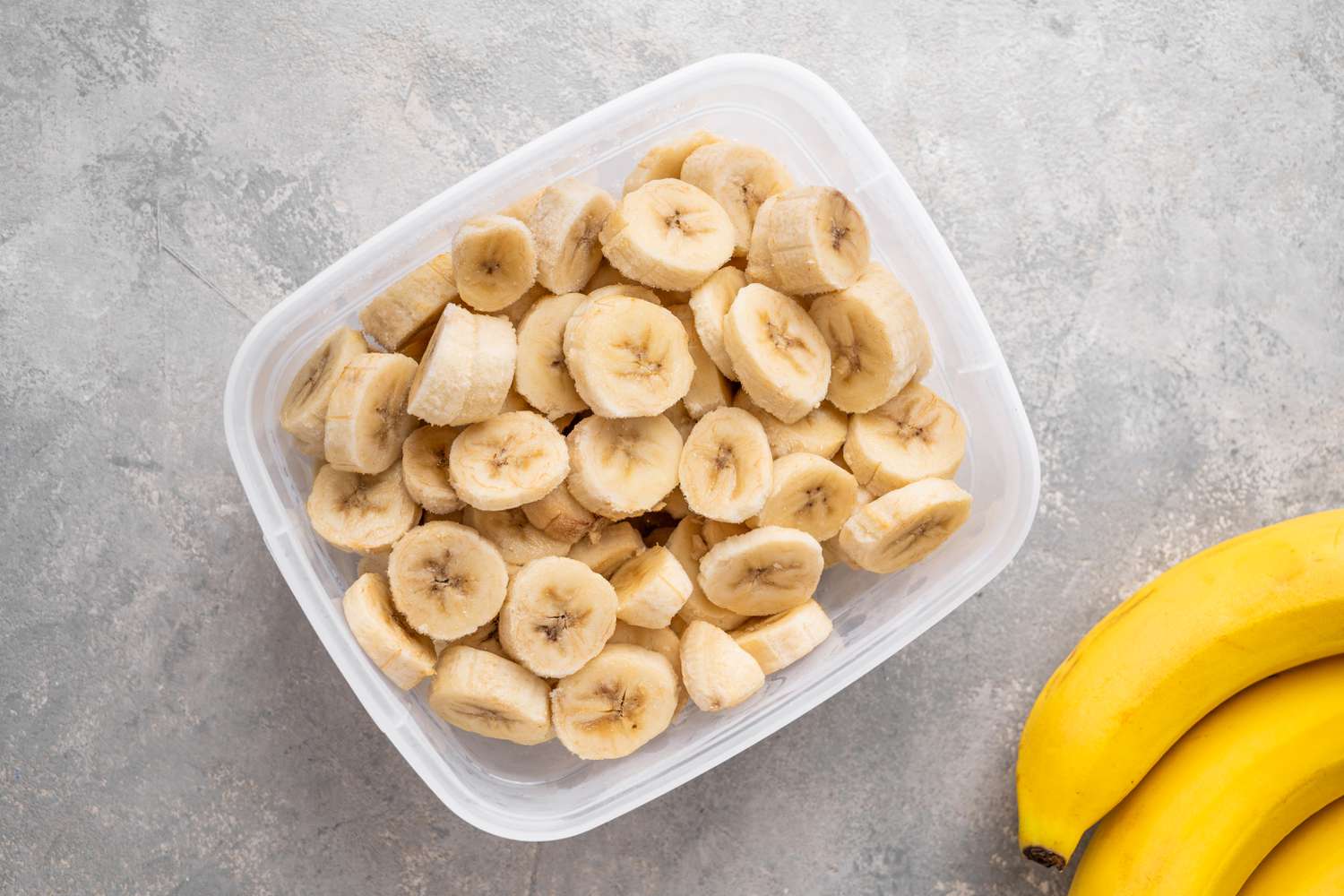

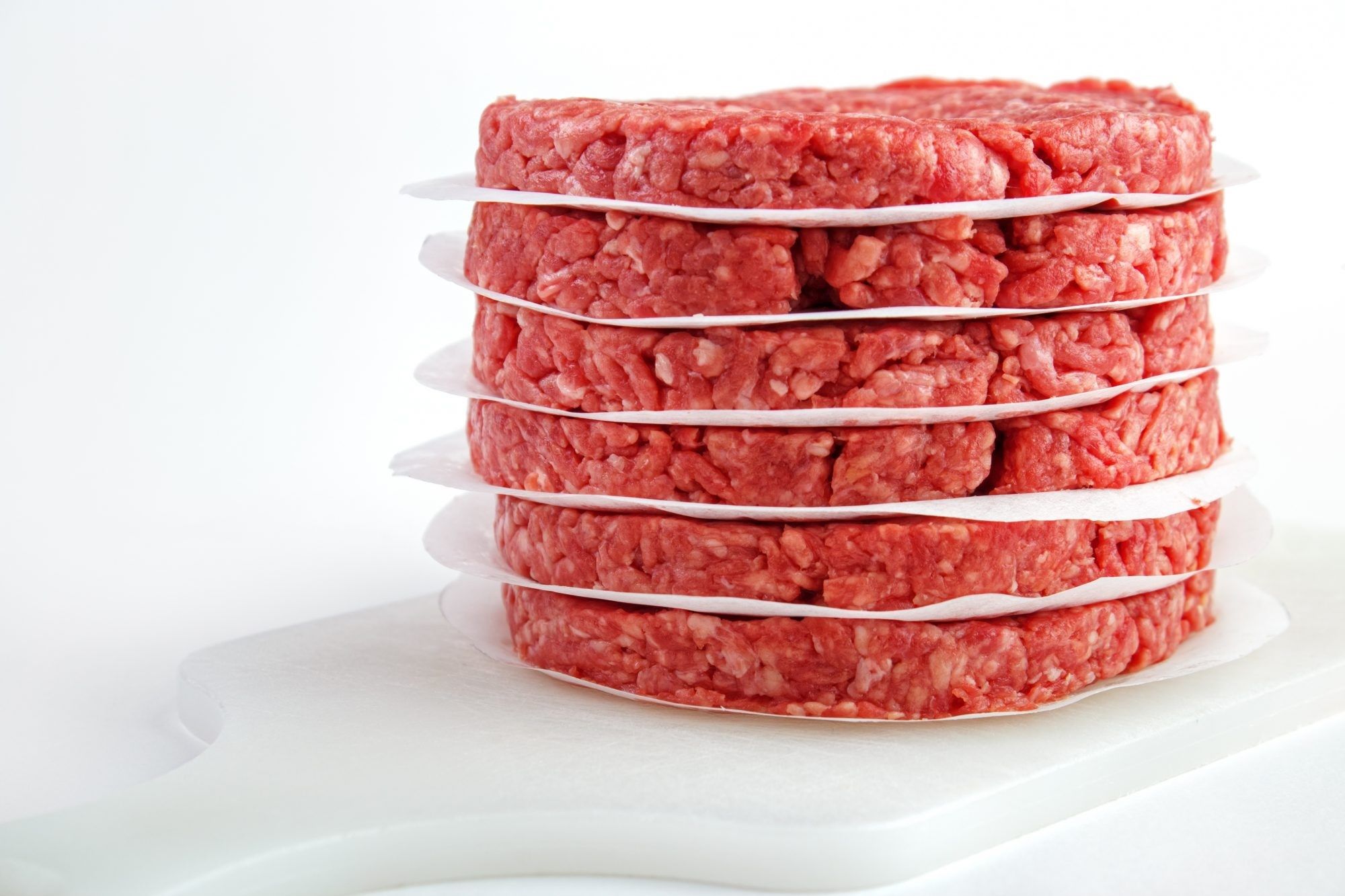
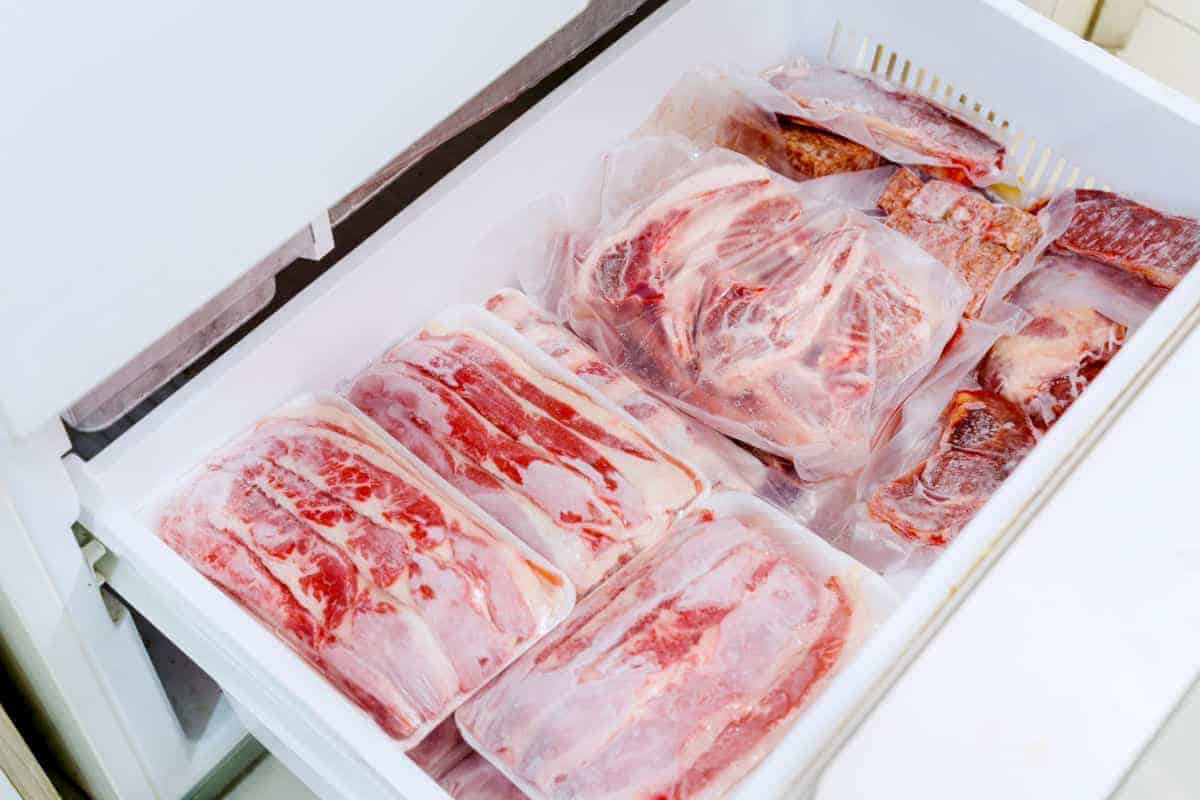

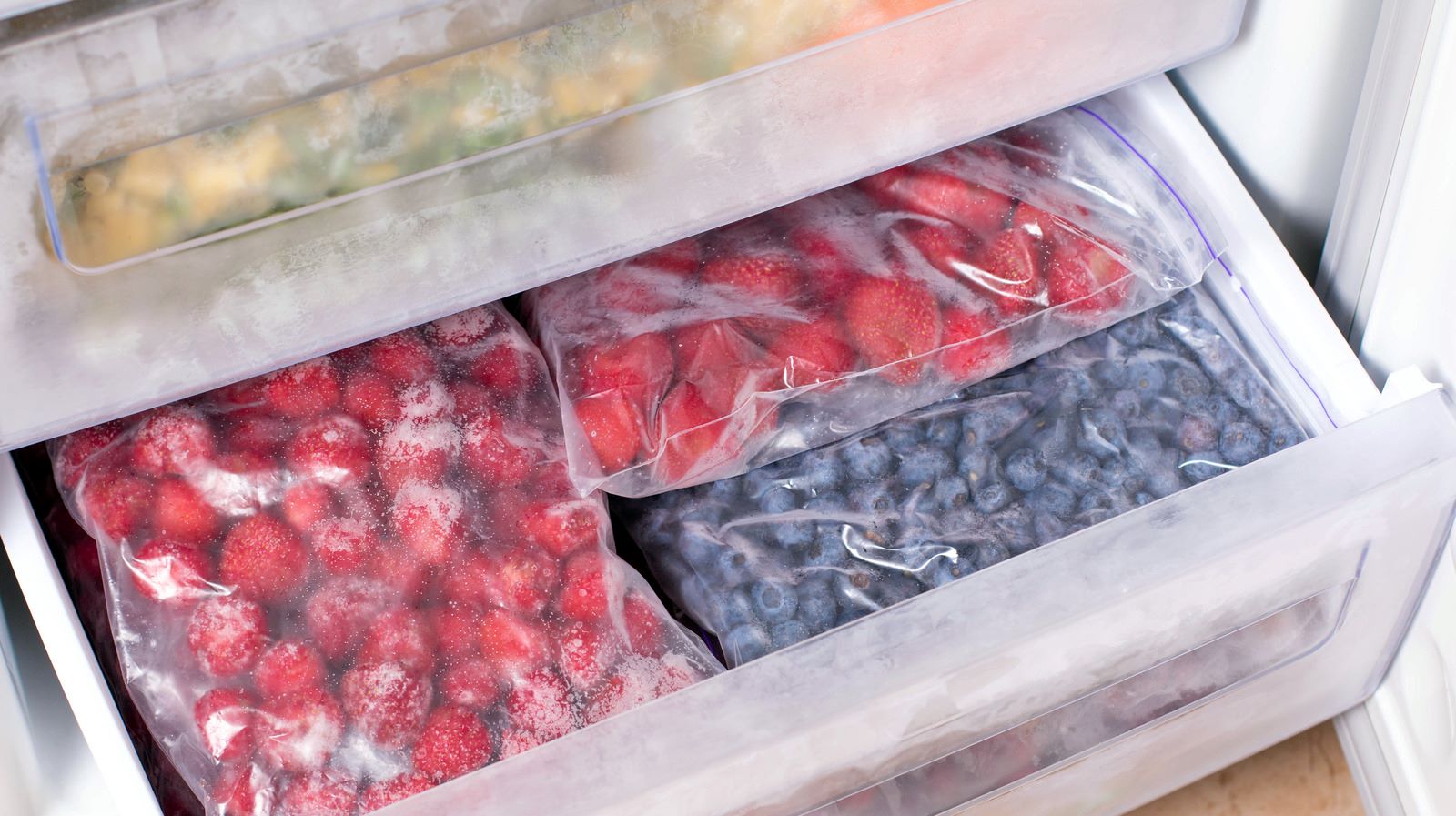

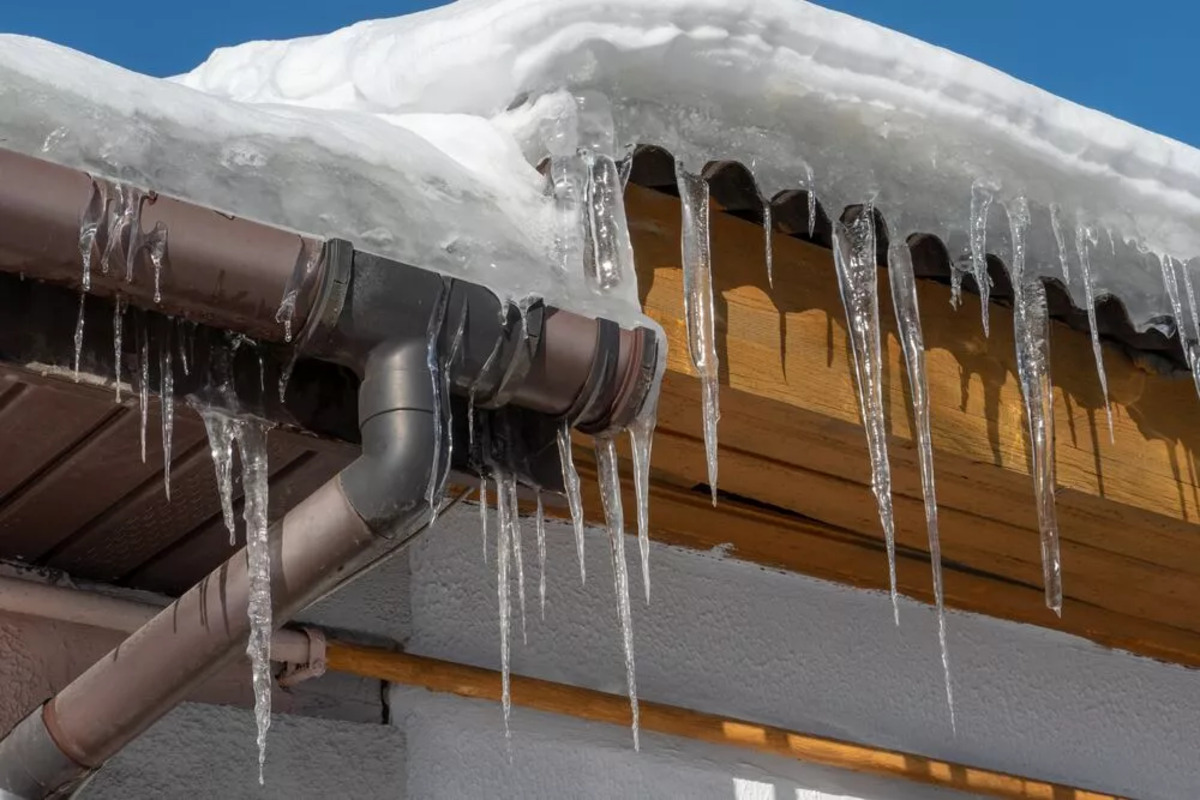
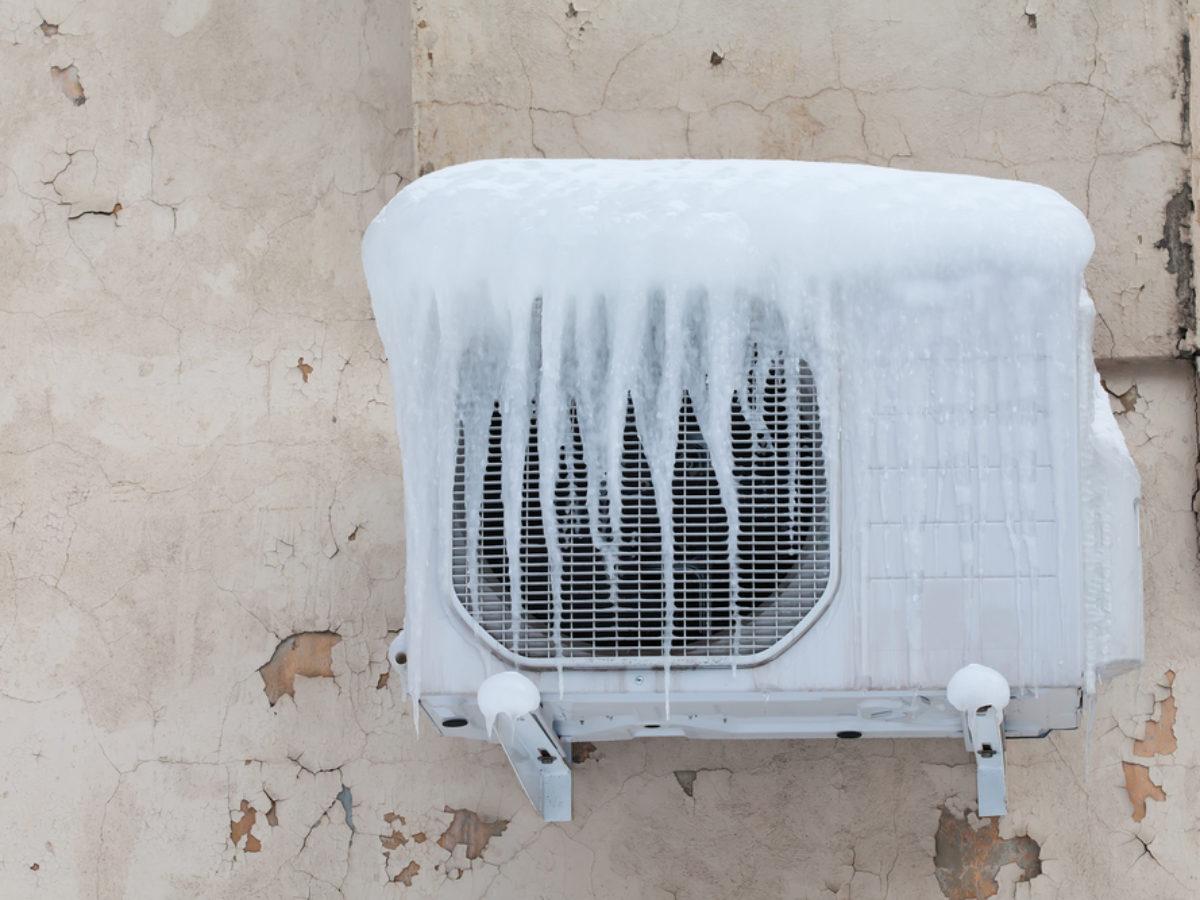
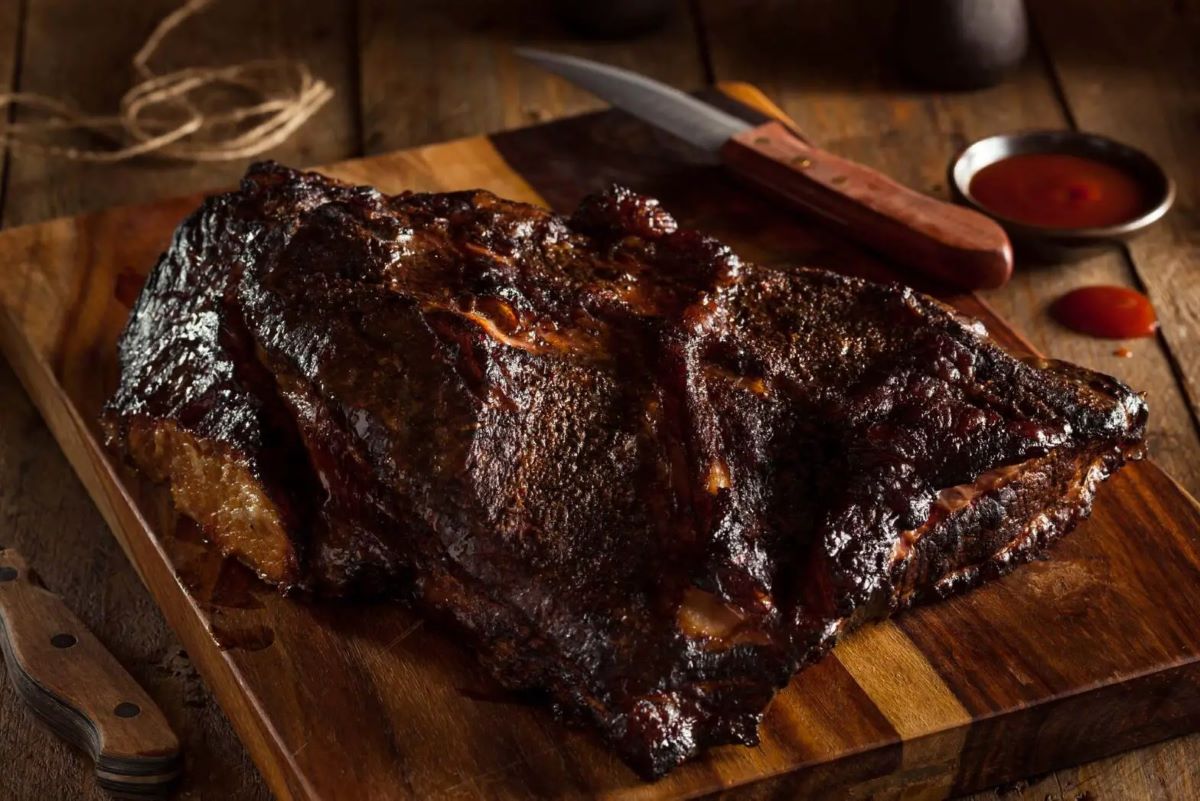
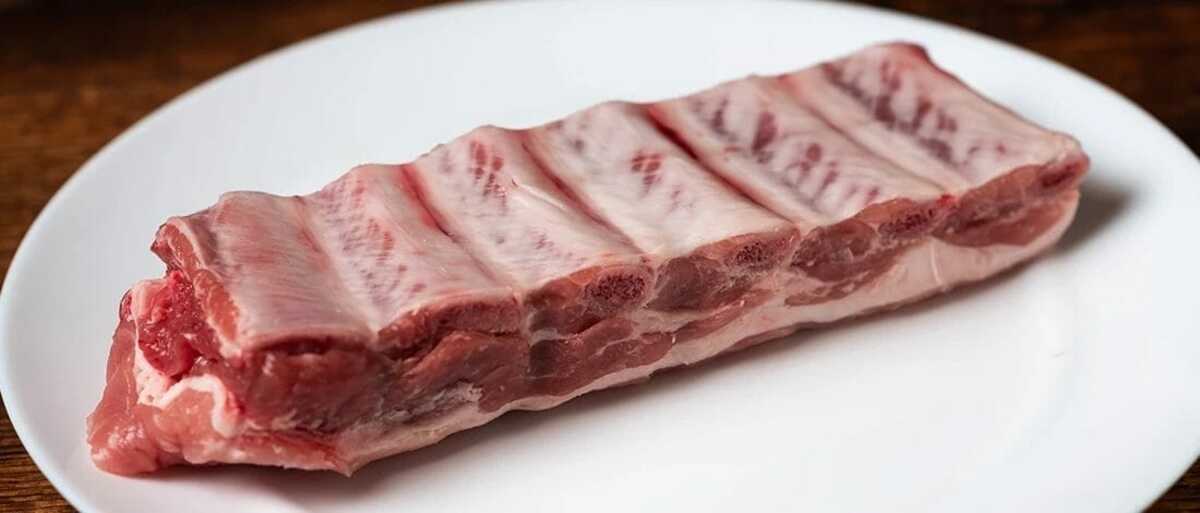
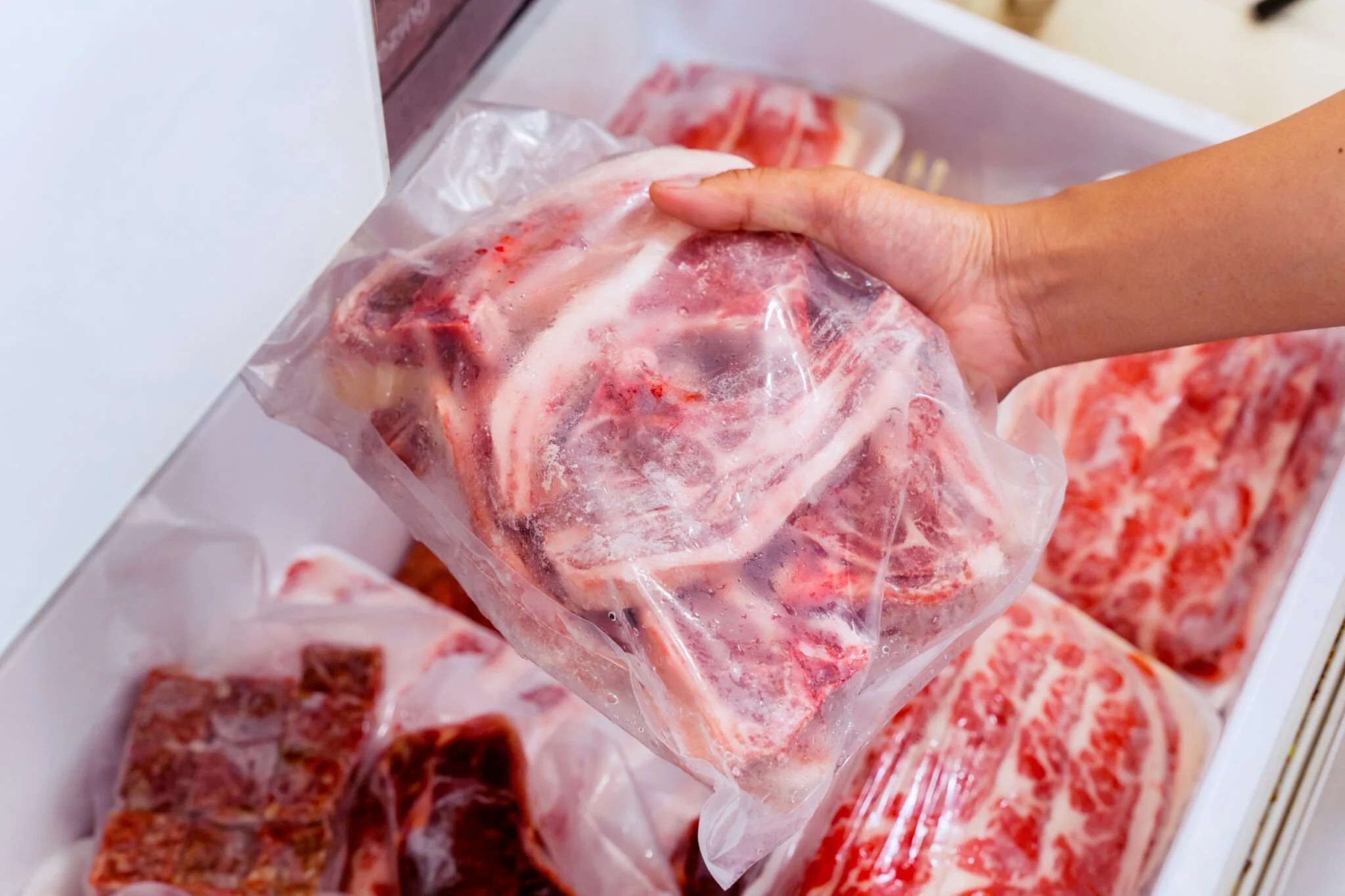
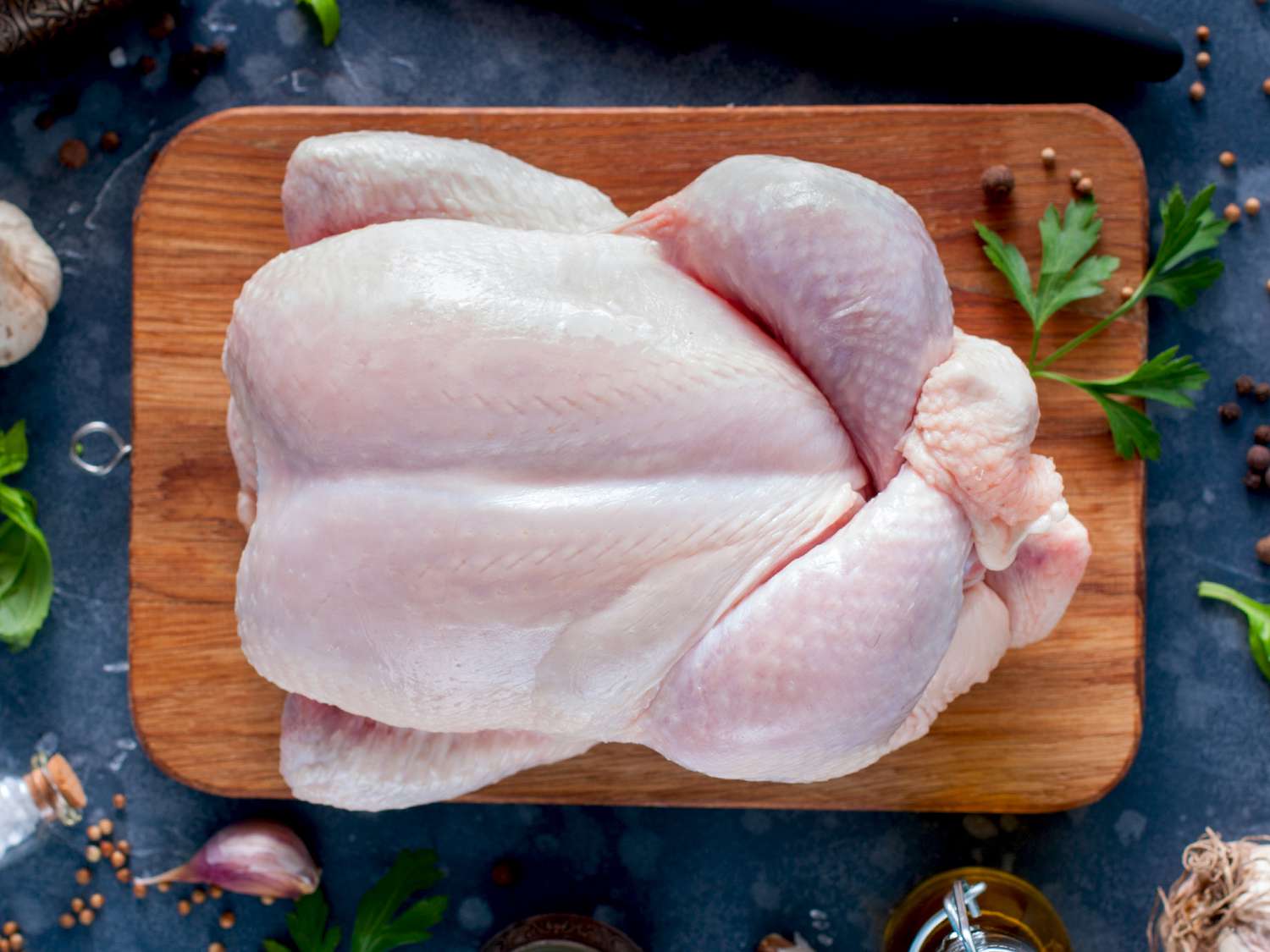

0 thoughts on “How To Store Frozen Meat”